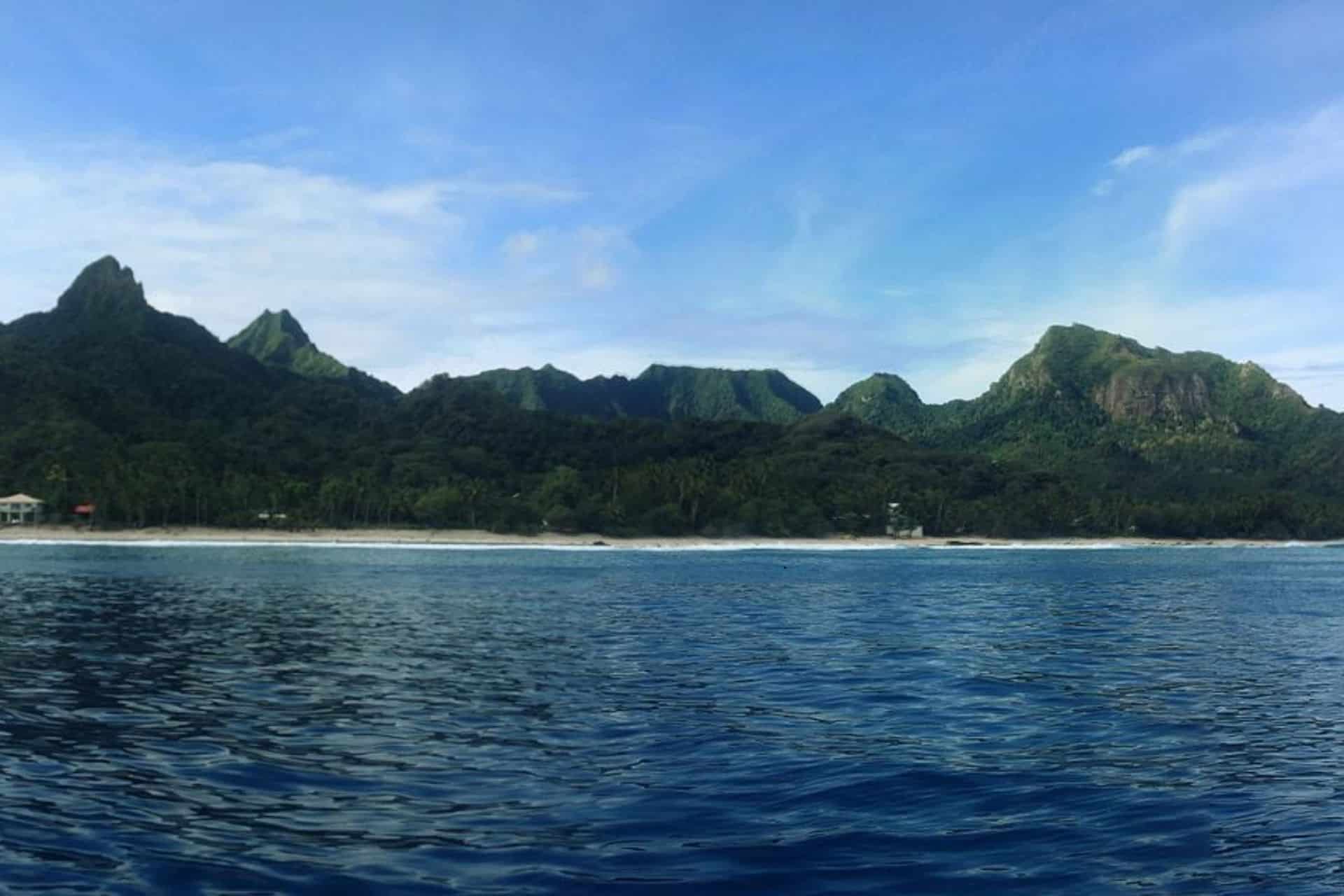

Scientists have discovered a chain of young underwater volcanoes near the Cook Islands in the South Pacific. Some of these volcanoes may still be active, though no clear signs have been confirmed yet.
The find came during a recent expedition to map the seafloor in a region about 2,900 miles south of Hawaii. The area lies near the Cook Islands, a chain of 15 islands between French Polynesia and American Samoa.
Experts state that the heat from these potentially active volcanoes may support unusual marine life nearby. However, no one has closely studied the area or collected rock samples.
The Seabed Minerals Authority, which co-led the expedition, stated that the new map would assist in guiding future research. Once the data is fully analyzed, scientists can return to target specific sites for sampling and further exploration.
The Cook Islands sit atop a volcanic trail formed millions of years ago. As the Pacific plate moved over a fixed heat source deep in the Earth, known as a hotspot, molten rock broke through the ocean floor. Over time, repeated eruptions created volcanoes. Some eventually rose above sea level and became islands. The Hawaiian Islands formed through a similar process.
This type of volcanic activity differs from that found at tectonic plate edges. Hotspots remain in place while the plate above slowly shifts, creating a trail of volcanic structures.
Rarotonga is the largest of the Cook Islands, 15 islands in the central South Pacific. Volcanic peaks, ridges and rainforest dominate its interior. A 32km, round-the-island road links the beaches, coastal lagoon and reefs that make scuba diving and snorkeling popular. pic.twitter.com/sGK3j19Ejz
— Sean Walker (@oroknows) November 27, 2024
Most volcanoes in the Cook Islands are ancient. Their rocks date back tens or even hundreds of millions of years. But two islands, Rarotonga and Aitutaki, stand out. They contain both old and young volcanic rock. The youngest rock on Rarotonga is only about 1.2 million years old.
In 2024, researchers found even younger rock during a separate study. About 37 miles southeast of Rarotonga, on a submerged volcano called Tama, they discovered 670,000-year-old volcanic rock. It is the youngest ever found in the region.
The discovery led scientists to suspect a chain of younger underwater volcanoes may exist in the area.
To explore this theory, researchers launched the ARTEX 2025 expedition. They used sonar mapping to examine the seafloor southeast of Rarotonga. The team found several small underwater formations, including a 0.6-mile-high volcano named “Pepe.”
It remains unknown whether any of the volcanoes are active. Researchers plan to return and collect rock samples to understand their age and condition.
The newly mapped area opens the door to more discoveries beneath the Pacific, offering clues about volcanic activity that may still be shaping the seafloor today.
